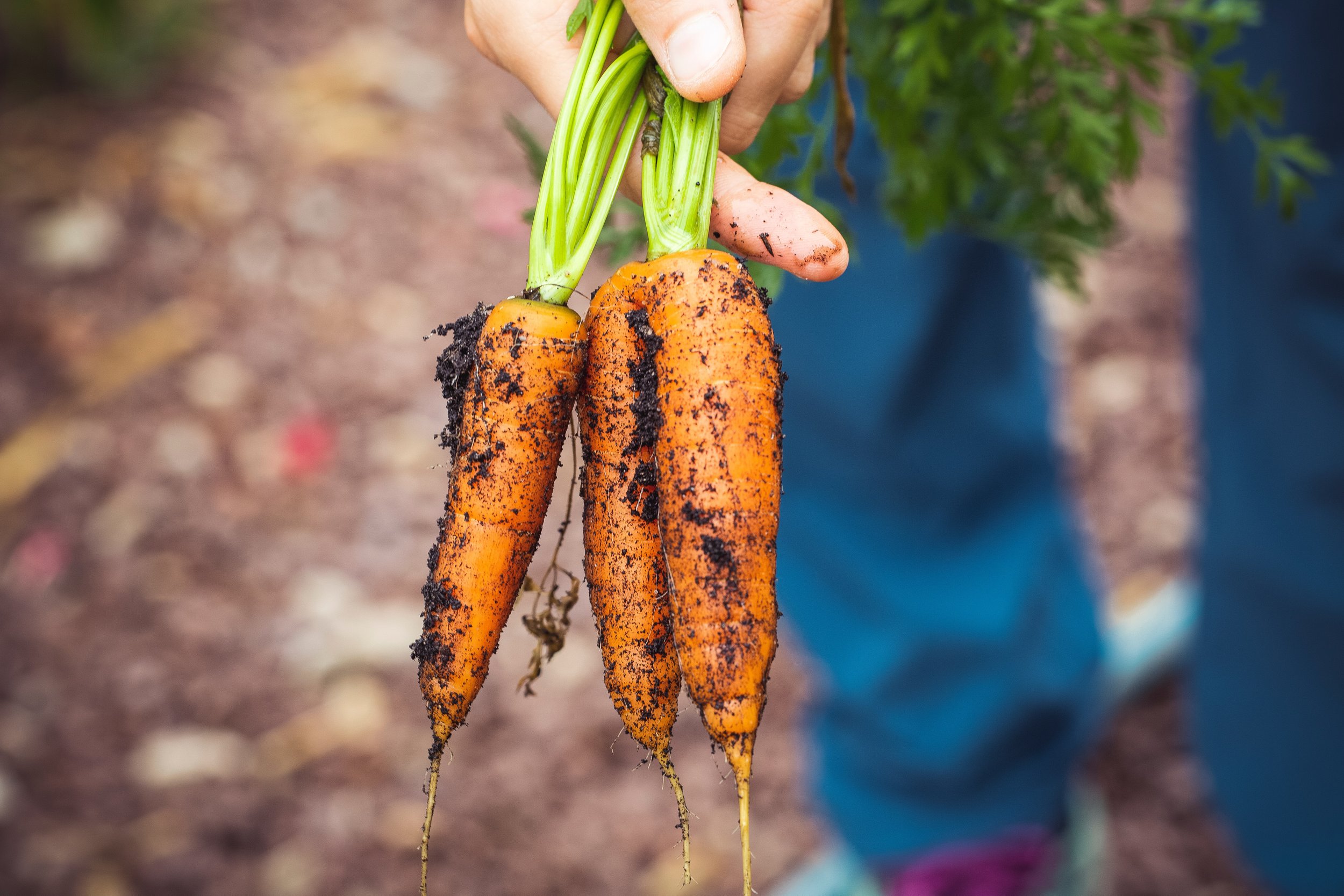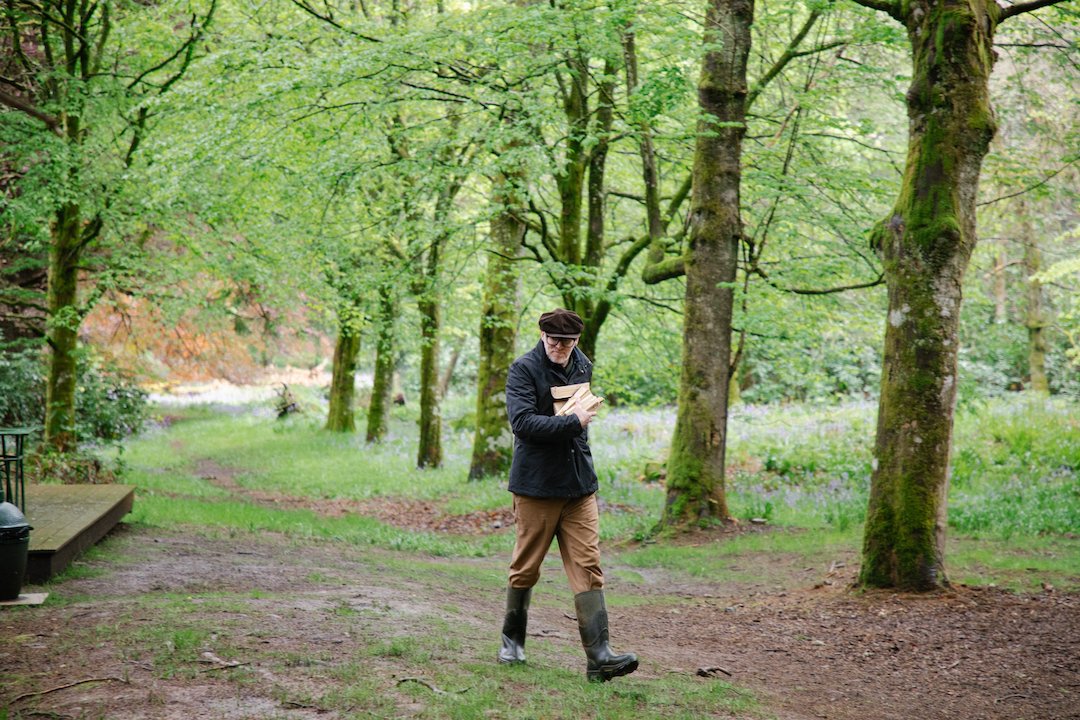Wye Valley Meadery
Interview by Jimmy SandisonBrothers Kit and Matt founded Wye Valley Meadery, connecting their love of nature with their passion for brewing. We speak to Kit about turning mead, the worlds oldest alcohol, into something for the modern-day drinker and how their process works symbiotically with nature; protecting the bees and the surrounding environment.
Some Good Ideas: Hi Kit, can you tell us about how you came to be making mead?
Kitt Newell: Our love for mead began with a love for honey! From a young age, Matt worked for a local commercial Beekeeper who kept lots of hives in the local area. When he retired Matt bought 10 hives from him and it expanded from there. We were also into home brewing and used to brew beer at university, so it was only natural to brew a honey beer, then eventually a mead. After a few years working in Australia and keeping bees there, and brewing mead with spectacular eucalyptus honey, we decided to put some of our brewing skills on the line and brew some mead for our friends and family. They seemed to like it, and say encouraging things like, "We've never tried anything like this!", which in hindsight could have been taken either way. We persevered and spotted a gap in the market for a modern mead that can be enjoyed in the same way as a beer, cider or prosecco. Our honey and meads champion the area in which we make it, so it makes sense to call ourselves 'Wye Valley Meadery'.
SGI: How did you come across the recipe and learn the method?
KN: The method owes a lot to the beer brewing days. We launched our range with a tried and tested favourite, a dry-hopped mead called Honey and Hops, made using really fresh Citra hops added during the fermentation and a good ale yeast.
“Our recipes are based on what we know works well, and then a trial of something new. We brew what we like, and we hope others agree.”
We treat the mead a bit like a beer, even bottle conditioning it for a natural sparkle. The only difference (except for the ingredients!) is the time it takes. We can brew a beer in a week, but mead takes 6 weeks for our lowest ABV ones and 6 months for our stronger reserve meads. You can't rush it or else you get stressed yeast and it will tell you that it's not happy. We try to avoid that, using a carefully controlled environment. Trial and error, keeping good records and most importantly, learning from mistakes are the main ways we learnt our method. Thanks to several years of tinkering and experimenting with demi-jon sized batches we were able to hit the ground running, though with a few inevitable hiccups with upscaling batches to commercial sizes. Our recipes are based on what we know works well, and then a trial of something new. We brew what we like, and we hope others agree.
SGI: How connected to nature is the process of making mead? How does the environment affect the taste or the quality of the mead?
KN: Our bees forage across the landscape and they bring in a distillation of the flowers and plants they visit. These seasonal nectar flows are governed by the species of flower the bees visit, but the weather has the final say. In the summer when I'm out with the bees all day, I can tell you what the weather forecast is for the next few days, but usually don't know the date at all! This is because the bees are so in sync with their environment, and to really understand them and get the most out of them, you need to get inside their head and know what's important to them.
The honey is what makes our mead special. We favour sites at the edges of villages where they meet native woodland, thankfully something the Wye Valley seems to specialise in. We find this provides the bees with an excellent range of nectar (hazel and crocus, snowdrop etc.) early in the year so they can make a good start. This also means they are not so dependent on us for artificial feed to get them through spring, which is better for them. The wildflower mixture gives the honey depth, variety and aroma, and using top-quality ingredients like this gives us the best chance possible to make decent mead. The Wye Valley is great for bees, there are pockets that are sheltered from the worst weather and frosts so the bees usually don't have to travel too far, we also have a large density of Small-leaf Lime Trees, which give our honey a distinct flavour not easily found elsewhere.
SGI: How do you blend traditional methods with modern tastes? Can you explain the concept of “Modern Mead”, what does that mean and how do you deliver that?
KN: "Modern mead" is the term we use for our sparkling, infused mead. "Traditional" style meads tend to be heavier, sweeter and about 12-15%. Our infused meads are dryer, naturally sparkling due to being bottle conditioned, and about 4% alcohol. This makes them "sessionable" and a great alternative to other drinks at this alcohol level, such as beer or cider. They are also more accessible for people who wouldn't necessarily class themselves as mead fans but feel like trying something different, natural and sustainable. Being 100% gluten-free also makes them popular. This means it is enjoyed in a very different setting to a traditional mead and by different people.
But... Spoiler alert: We have been brewing traditional mead too! A solid 14.5% 8-month aged heather honey beauty. This was to celebrate our 2nd birthday and was made with honey from two very different locations, one meadow in Rural Monmouthshire, and the other a heather-clad hillside in the Brecon Beacons. It`s really special, and was made to showcase what can be done when you combine honey, yeast and patience!
“Stockists often don't know what to do with us, how to place us on their shelf, this often leads us to be in a category on our own.”
SGI: What has been the biggest challenge to bringing your product to the market and how have you overcome that/what are you doing to try to overcome that.
KN: Our biggest challenge is that most people do not know what mead is, or what it tastes like. Those that have heard of mead have the preconceptions of the heavy, traditional style and not the style we are creating.
Thankfully, whenever a new product is introduced, it is met with curiosity. People want to try it and understand it, compare it to what they know, and broaden their experiences. We met lots of people in 2019 at food festivals, shows and events last year, and helped them do just that.
2020, of course, did not have face-to-face opportunities to introduce people to what we do, so we had to be creative. We introduced selection packs to send out a sample, and have increased the number of web-sales we do. We are planning a series of blog posts to help introduce people to mead, and have been looking for new ways to meet and connect people with our produce.
Another challenge is often seen as our best asset: It`s being “new" or different. Stockists often don't know what to do with us, and how to place us on their shelf, and this often leads us to be in a category on our own. This helps the consumer see that it is something distinct to the normal, which is why they are there in the first place, and sales go well.
SGI: What is one misconception of mead that you would like to address?
Mead is often associated with Vikings, Monks and Elves. There are not many of those around these days (except Elves) and so it is seen as old fashioned. We want to address that and bring it back to the fore. People trying our mead for the first time have a sort of revelation and it's such a reward to see them discover something new they enjoy and can talk about to their friends. We want it to be accessible and interesting, and by doing that we will increase bee numbers and continue to triumph the importance of pollinators and biodiversity.



























